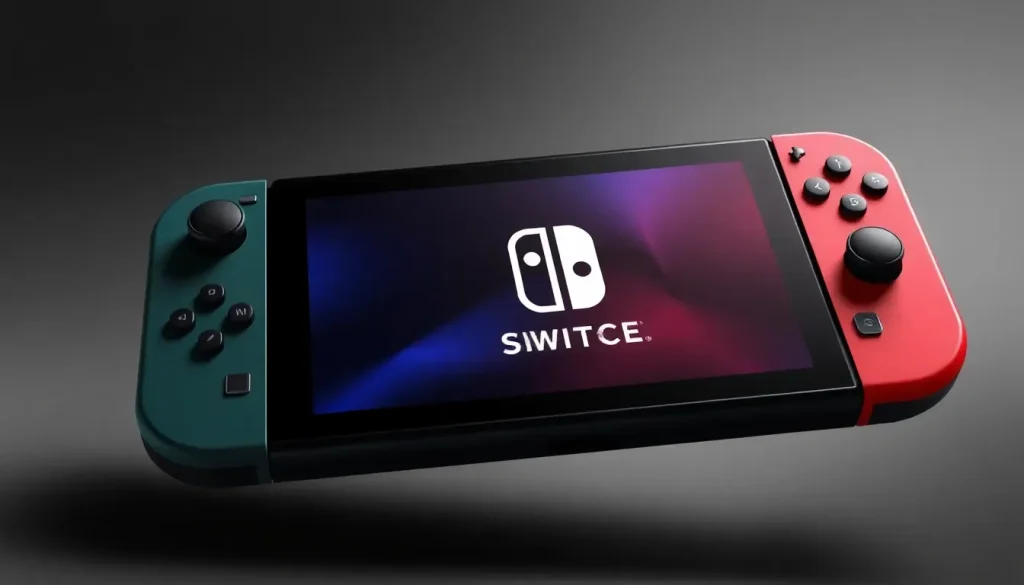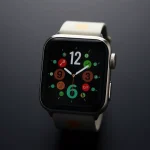Nintendo Switch 2 features unique Nvidia DLSS not available on PC

The unveiling of the Nintendo Switch 2 marks a significant milestone for gamers and fans of the Nintendo franchise. With advancements in hardware, this console promises an enhanced gaming experience, including improved image quality and the ability to support more complex titles. One of the standout features in this upgrade is the incorporation of Nvidia's DLSS (Deep Learning Super Sampling), a cutting-edge AI technology that enhances lower-resolution images to make them appear sharper and more detailed in real time. While this technology is well-known in the PC gaming community, its adaptation to a console with lower power capabilities raises intriguing questions about performance and efficiency.
Critics, including the team at Digital Foundry, initially expressed skepticism about the Switch 2's ability to effectively utilize DLSS, especially given its compact T239 GPU. Their concerns were rooted in tests conducted on comparable laptop hardware, where standard DLSS implementations yielded significant performance costs. For instance, at 1080p, DLSS could occupy around 3ms of the GPU's render time, escalating to 18ms at 4K. With a benchmark of 60 frames per second (fps) equating to 16.6ms per frame, it seemed unlikely that the Switch 2 could handle 4K60 gaming without compromising performance.
The Testing Phase: Unveiling the DLSS Capabilities
After the long-awaited launch and the arrival of AAA titles supporting DLSS, Digital Foundry revisited the Switch 2 to explore its practical capabilities. Their tests revealed that the console can indeed run several titles, such as The Touryst and Fast Fusion, at impressive resolutions of 1440p and 4K while maintaining a framerate between 30 and 60 fps.
Two distinct implementations of DLSS were identified during the analysis:
- Traditional DLSS: This version resembles the conventional CNN-based technology previously used on PCs, before Nvidia transitioned to their enhanced Transformer model. This implementation was found in games like Cyberpunk 2077 and Street Fighter 6, delivering quality comparable to PC’s DLSS Preset E.
- Simplified DLSS: This variant provides a clear and sharp rendering that approaches 1440p or 4K, but only on static elements within the scene. When the camera or objects move, the image quality deteriorates, becoming aliased and flickery. This method was observed in titles like Hogwarts Legacy and Fast Fusion.
Understanding DLSS: A Dual Approach
The hybrid DLSS approach that the Switch 2 employs explains how it can deliver sharp 4K outputs without overburdening its GPU. By selectively applying DLSS as needed, the console creates the illusion of a higher resolution, cleverly masking its weaknesses during fast movements. This strategic design is crucial for maintaining gameplay fluidity while enhancing visual fidelity.
In fact, this dual implementation allows developers the flexibility to choose which type of DLSS to deploy based on their specific performance needs and graphical requirements. For example:
- Games targeting lower resolutions may opt for the traditional DLSS to boost image quality without significant performance hits.
- Titles that require higher fidelity for specific scenes may utilize the simplified DLSS for static elements while allowing dynamic parts to render normally.
Will the Switch 2 Use Nvidia's Latest Technology?
As gamers are eager to understand the full scope of the Switch 2's capabilities, there's speculation surrounding the potential use of Nvidia's latest GPU technology. The integration of a more advanced Nvidia GPU could further enhance gaming experiences, allowing for even more demanding titles to run smoothly. However, the specifics on whether the Switch 2 will adopt a new Nvidia GPU remain to be confirmed.
Current discussions suggest that the console may not leverage the full spectrum of Nvidia’s advanced features, which could limit the scope of what developers can achieve. Nevertheless, even with its existing hardware, the Switch 2 has shown impressive potential in handling demanding graphics.
Compatibility and Support for DLSS on Other Platforms
For those curious about whether their existing PCs support NVIDIA's DLSS, the requirements are relatively straightforward. The following must be met:
- A compatible Nvidia GPU, typically from the RTX 20 series or newer.
- Updated drivers that support DLSS functionality.
- The game being played must also include DLSS support as a feature.
If you encounter difficulties enabling DLSS, consider the following potential reasons:
- Your GPU may not support DLSS.
- Drivers may be outdated or incorrectly installed.
- The game might not be optimized for DLSS.
For those interested in a deeper dive into the technology behind DLSS, a fascinating video titled “NVIDIA Explains Nintendo Switch 2 DLSS and 4K Ray Tracing!” provides valuable insights into how this technology works and its implications for future gaming.
Conclusion: A New Era for Nintendo
The introduction of the Nintendo Switch 2 signifies a transformative step for the company and its gaming community. With innovative features like dual DLSS implementations, it continues to push the boundaries of what is achievable in console gaming. As players embark on their gaming adventures with this new hardware, the combination of enhanced visuals and the smart application of technology will undoubtedly shape the future of Nintendo gaming.




Leave a Reply